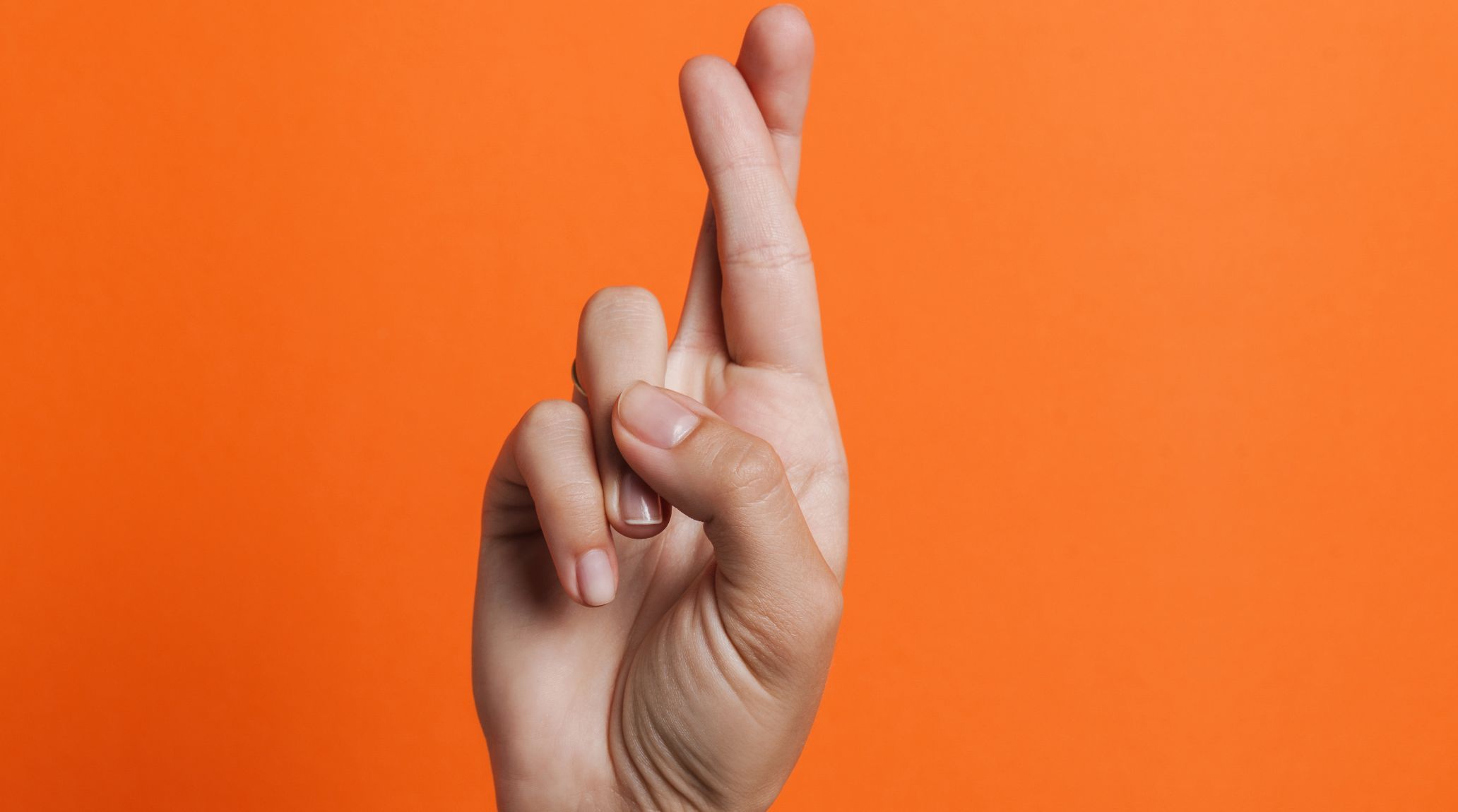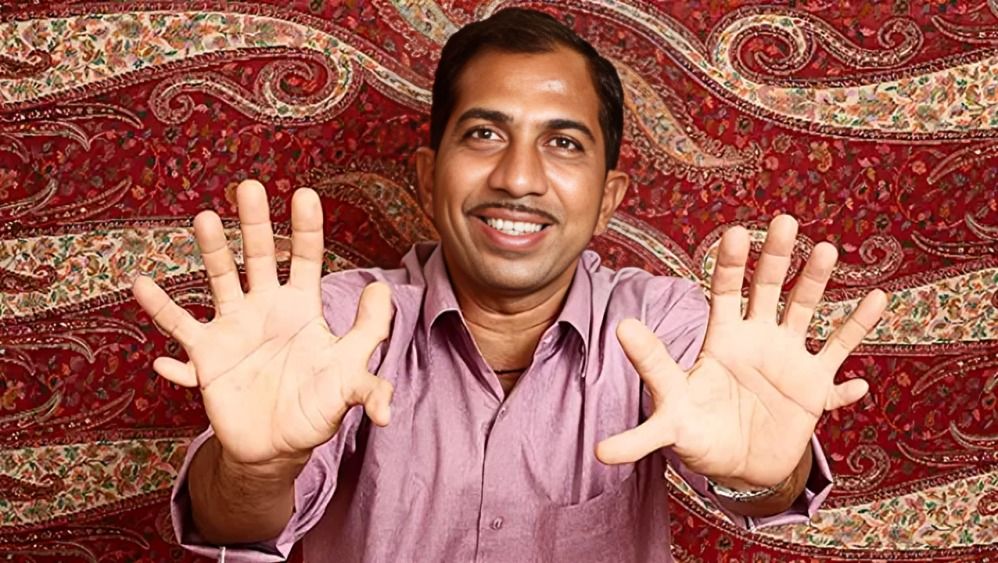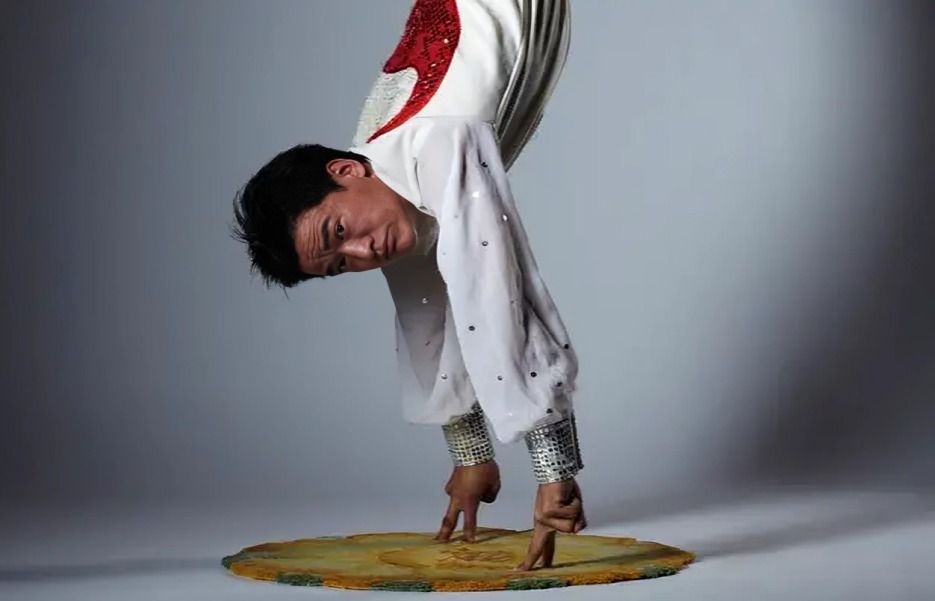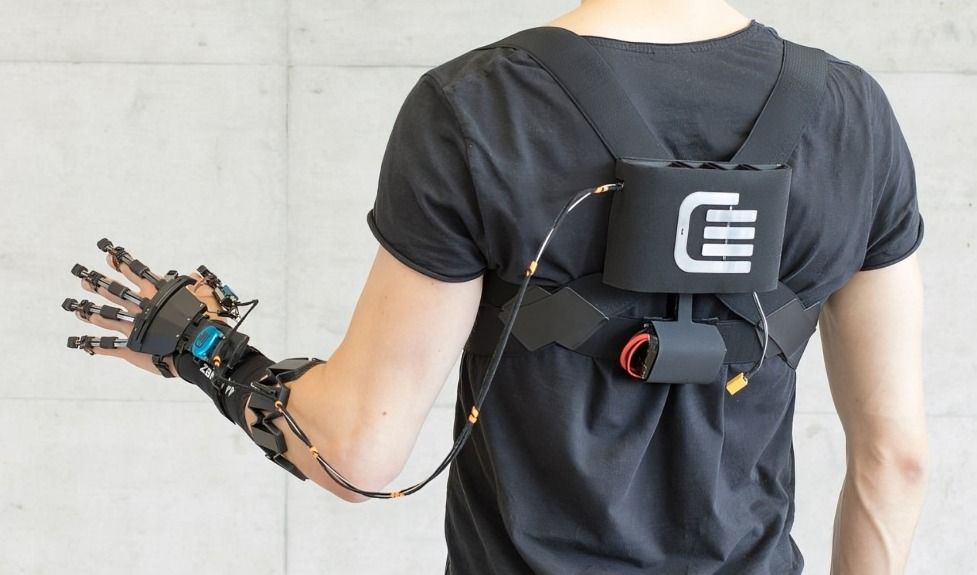
“
Our fingers are remarkable tools that enable us to perform a wide range of tasks, from intricate movements to powerful grips. In this blog, we delve into fun facts about fingers, exploring their unique features, incredible records, and fascinating roles in our daily lives. From their sensory capabilities to their cultural significance, discover how our fingers contribute to our dexterity, strength, and even communication. Dive into these fun facts about fingers and marvel at the wonders of these essential appendages.1
1
”
Did you know that fingers themselves have no muscles? The muscles responsible for finger movement are actually located in the palm and forearm. Tendons connect these muscles to the finger bones, pulling them like puppet strings to create movement.1

Devendra Suthar from Himatnagar, Gujarat, holds the record for having the most fingers and toes on a living person—28 in total! This incredible feat includes 14 fingers and 14 toes, a remarkable example of polydactylism verified on November 11, 2014.
The area of the brain that controls finger movements is particularly large and complex. This heightened area of the brain reflects the intricate and varied tasks that fingers perform, from playing musical instruments to typing on a keyboard.2

Rumeysa Gelgi from Turkey boasts the longest finger of any living woman. Her finger measures an impressive 11.2 cm (4.40 in), a record verified on February 19, 2022, in Karabuk, Turkey.
On average, women tend to have longer index fingers compared to men, who usually have longer ring fingers. This difference in finger length between genders can be attributed to various factors including hormonal influences during development.3
Arun Kumar Mahanta set an amazing record for spinning a Guinness World Records book on his finger. In just one minute, he managed 394 spins, showcasing an extraordinary feat of finger dexterity in Bhubaneswar, Odisha, on August 11, 2022.4
Each person's fingerprints are entirely unique, with distinct patterns of ridges and valleys on each finger. These unique patterns are not only crucial for personal identification but also play a significant role in forensic science.5

Wang Weibao achieved the longest duration balancing on four fingers, holding the pose for 19.23 seconds. This remarkable balance was accomplished on November 9, 2008, during the Zheng Da Zong Yi - Guinness World Records Special in Beijing, China.
Our fingertips are the most sensitive part of the body due to the high concentration of sensory receptors. These receptors help us detect textures, temperatures, and pressures, making our fingers incredibly adept at feeling our environment.6
Mark Magnarella performed a staggering 113 push-ups on his fingertips within one minute. This impressive record, achieved on May 30, 2024, in Athens, Georgia, demonstrates exceptional strength and endurance.7
Fingertips have a remarkable ability to heal quickly due to their high density of nerve endings and blood vessels. This rapid healing process is essential for maintaining our ability to sense and manipulate objects.8

Cutting-edge robotics technology has developed robotic fingers equipped with tactile sensors. These sensors allow robots to sense texture, pressure, and temperature, enabling more delicate and precise handling of objects in various industries.
Nails generally grow faster in summer and tend to grow more quickly on a person's dominant hand. This seasonal and hand preference effect leads to noticeable differences in nail growth rates throughout the year.9
The first successful finger transplant was performed in 1964 by Dr. James H. McFarlane. This pioneering procedure involved reattaching a donor finger to a recipient, marking a major advancement in reconstructive surgery.10
Research suggests that successful men often have ring fingers longer than their index fingers, compared to less successful men. This finding implies a potential link between finger length ratios and professional or personal success.11
Fingernails grow approximately four times faster than toenails, with growth rates varying by finger. The nail on your middle finger grows the fastest, while the slowest-growing nails are those on your shortest fingers.12
Ever wondered why wedding rings are traditionally worn on the left hand? Ancient beliefs held that the vena amoris, or "vein of love," in the left finger was directly connected to the heart, symbolizing deep and everlasting love.13
The human hand contains 27 bones, including the eight carpal bones in the wrist, the five metacarpal bones in the palm, and the 14 phalanges in the fingers. These bones work together to provide flexibility, dexterity, and strength for various hand movements and functions.14
Fingernails might look like they’re made from a different material, but they’re actually modified hairs. They share the same structural components, highlighting an interesting connection between hair and nails.15
Different mammals have evolved various finger adaptations based on their environments. For example, bats have elongated fingers supporting their wings, while moles have specialized, robust fingers adapted for digging.16


